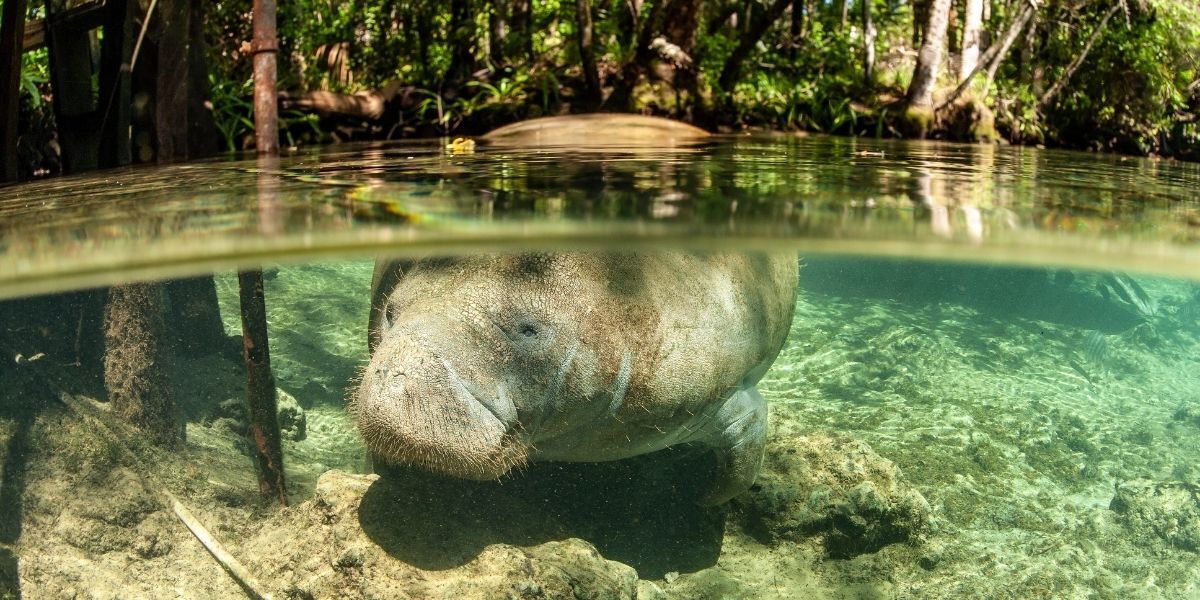
What Is Stream and River Management?
Stream and river management refers to the strategic planning, restoration, and conservation of freshwater systems to ensure their ecological health, stability, and functionality.
- Controlling erosion and sedimentation
- Restoring natural flow patterns
- Reducing pollution and runoff
- Rehabilitating riparian (riverbank) habitats
- Preserving aquatic life and water quality
The Role of Rivers and Streams in Supporting Biodiversity
Streams and rivers are biodiversity hotspots, home to a wide range of organisms, including:
- Fish (e.g., trout, salmon, catfish)
- Amphibians (frogs, salamanders)
- Invertebrates (dragonflies, mayflies, crayfish)
- Birds (kingfishers, herons)
- Mammals (otters, beavers, water voles)
- Aquatic plants and algae
These freshwater ecosystems serve as critical breeding, feeding, and migratory habitats for many species.
Threats to Biodiversity in Streams and Rivers
1. Pollution and Contaminants
Industrial discharge, agricultural runoff, and untreated sewage introduce harmful chemicals and nutrients into waterways, leading to algal blooms, oxygen depletion, and the decline of sensitive species.
2. Habitat Fragmentation
Dams, weirs, and culverts can block the movement of aquatic species, reducing genetic diversity and breeding success.
3. Altered Flow Regimes
Excessive water extraction or altered flows from dam releases disrupt the natural hydrological cycle, affecting species that rely on seasonal changes.
4. Invasive Species
Non-native species often outcompete or prey on native species, disrupting the natural food chain and reducing local biodiversity.
5. Climate Change
Rising temperatures and changing rainfall patterns are increasing the frequency of droughts and floods, altering habitats and threatening species that are not adapted to rapid environmental change.
Why Stream and River Management Matters for Biodiversity
1. Maintains Habitat Integrity
Proper management ensures that rivers maintain their natural physical structure, which is essential for supporting diverse habitats, such as pools, riffles, and wetlands.
2. Restores Natural Flow and Connectivity
Eco-friendly water management strategies help mimic natural seasonal flows, allowing fish and other aquatic life to migrate and reproduce successfully.
3. Improves Water Quality
Reducing runoff and restoring riparian habitat can filter pollutants, stabilize temperatures, and provide cleaner water for both wildlife and humans.
4. Promotes Ecosystem Resilience
Healthy, biodiverse waterways are better equipped to withstand and recover from environmental stressors, such as floods, droughts, and disease outbreaks.
5. Supports Human and Environmental Health
Biodiverse streams and rivers play a crucial role in providing clean drinking water, supporting agriculture, promoting recreation, and regulating the climate.
Best Practices in Stream and River Management for Biodiversity
- Riparian Buffer Restoration: Planting native vegetation along riverbanks to prevent erosion and provide wildlife habitat
- Natural Channel Design: Reconstructing riverbeds to resemble natural watercourses
- Fish Passage Solutions: Installing fish ladders or removing barriers to support migration
- Sediment and Erosion Control: Using eco-engineering methods to stabilize riverbanks
- Wetland Restoration: Reconnecting rivers to floodplains and wetlands to support aquatic diversity
- Monitoring Programs: Tracking water quality and biodiversity to guide adaptive management
Sustainable Infrastructure and Low-Impact Development
Modern urban and transportation infrastructure can worsen flood risks and degrade aquatic ecosystems. But smart engineering can help:
- Green infrastructure (bioswales, permeable pavements, rain gardens)
- Eco-friendly road and bridge crossings that protect stream flow and wildlife passage
- Integrating biodiversity goals into civil engineering and urban planning
Final Thoughts
Protecting our streams and rivers is more than a matter of water quality; it’s a foundation for life. Stream and river management ensures that our ecosystems remain rich in biodiversity, resilient to change, and valuable to future generations.
Investing in sustainable freshwater management isn’t just good environmental policy; it’s essential for protecting the intricate web of life that depends on these precious water resources.
Biodiversity refers to the variety of life in an ecosystem. In rivers and streams, high biodiversity ensures ecological balance, improves water quality, supports food chains, and facilitates recovery from disturbances such as pollution or floods.
Healthy streams and rivers provide critical habitats for fish, amphibians, birds, and plant species. Effective management preserves water quality, ensures migratory pathways, and supports breeding grounds—essential for biodiversity.
Key threats include pollution, invasive species, habitat destruction, flow alteration (due to dams or water extraction), and climate change. These factors disrupt freshwater ecosystems and cause native species decline.
Riparian buffers are strips of vegetation planted along riverbanks. They prevent erosion, filter pollutants, regulate water temperature, and offer habitat for wildlife—making them vital for river health.
Absolutely. Communities can reduce pollution, protect natural vegetation, support conservation, and join cleanups or restoration projects. Local engagement ensures long-term ecosystem success.
Dams block fish migration, alter flow patterns, and disrupt sediment transport—reducing biodiversity. Solutions include fish ladders and dam removals to restore connectivity.
No. Small streams feed into larger systems and support rich biodiversity. Managing them protects the entire watershed.
Climate change alters rainfall, increases drought/flood events, and raises temperatures—stressing species. Management helps ecosystems adapt and become more resilient.
Invasive species outcompete or prey on natives, disrupt food webs, and introduce diseases. Monitoring and control are essential for preserving biodiversity.

